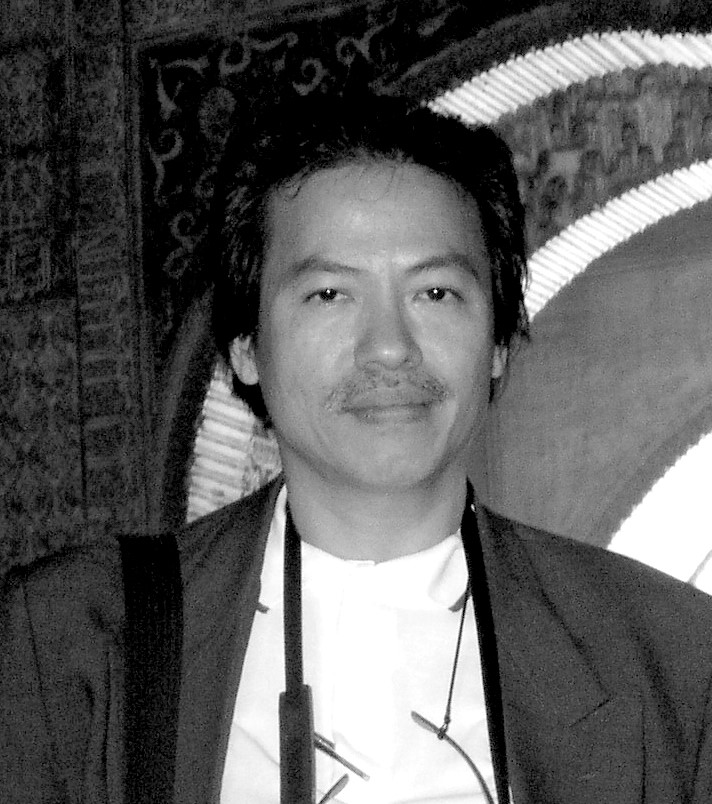- Home
- March 2020
- Penang's Industrial Parks Surge in Global Prominence

Previous Post
How Laws Interact with Policies
3 min read
PENANG INSTITUTE’S PERSONNEL were given some pieces of good advice on February 18, 2020 concerning the relationship between the letter of the law and poli...
Next Post
When Night Falls...
2 min read
George Town’s nocturnal serenity is captured by Mark Hall who spent a year photographing the city’s heritage by streetlight. Shadows and light cast a magical sp...
You might also like
More and More New Art Spaces and Events for Penang
6 min read
HAS PENANG WHAT it takes to be a satellite arts hub in Malaysia, once new purpose-built infrastructures are in place?An informal talk Missing Links: Piecing T...
From Penang to Broadway
6 min read
PENANG-BORN THEATRE actress Chee Kai An plays “Kim Alternate” on the Broadway Revival National Tour of “Miss Saigon” – the musical...
by
Melissa Chan
Nyonya Dishes: Old, New or “Con”-Fusion?
7 min read
Innovations and modifications made to Nyonya dishes are necessary if the cuisine is to survive; however, only those that are accepted by the community will thrive.




